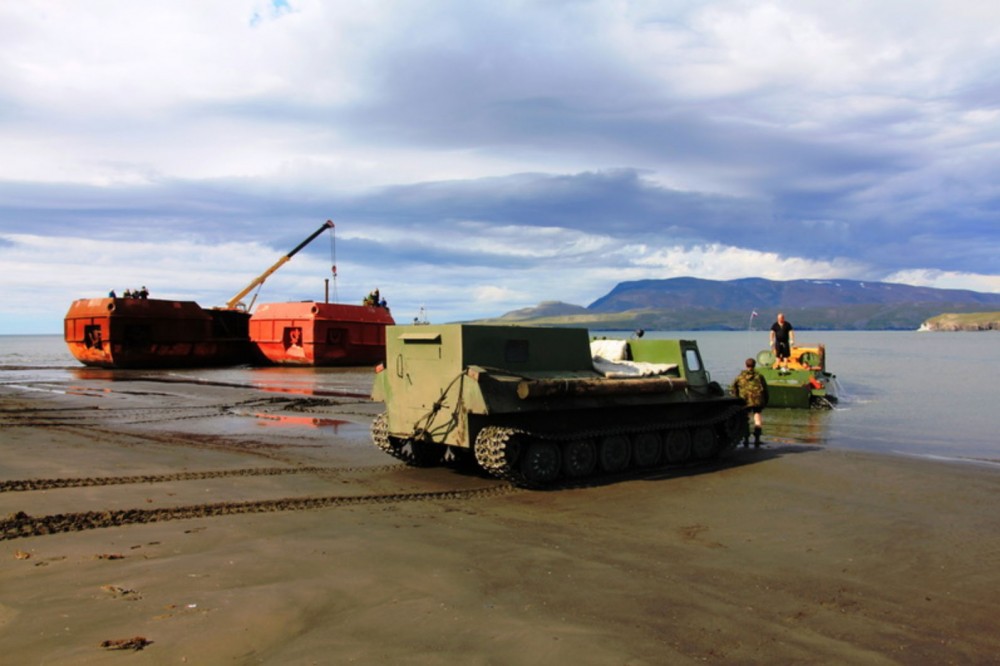Development begins on a new sea port in Russia’s remote Novaya Zemlya
It will be owned by nuclear power company Rosatom and serve the Pavlovsky zinc and lead mine, the northernmost mine in the world.

Engineers have arrived in the Bezimyannaya Bay in the Russian Arctic archipelago of Novaya Zemlya to start preparations for a new port.
A drilling rig in July began collecting sea bottom samples and assessments of the projected land-based parts of the terminal are to be made in August, according to Rosatom.
The new sea port will cost up to 6 billion rubles (€81.5 million) and be a key component for the development of the Pavlovsky zinc and lead mine. Construction is due to start in 2020 and production launch in 2023.
The Pavlovsky holds an estimated 2.48 million tons of zinc and 549,000 tons of lead. It is developed by ARMZ, the mining subsidiary of Rosatom.
“Strong winds and waves complicate our work but there is no reason to extend the timelines,” says Aleksandr Lukin, General Director of project company PGRK. “We are working in line with schedule.”
The port will include universal quays and a sea coast defense wall, warehouses, buildings for service repair and an administrative and housing quarter.
Up to 500 people will be employed in the mine. They will live in housing modules located near the mine, about 20 kilometers from the coast.
The Pavlovskoye will be the northernmost mine in the world and have an annual output of 220,000 tons of zinc, 50,000 of lead and 16 tons of silver.
Rosatom originally planned to start production in 2019, and at a lower cost. The company first planned to invest 37.5 billion rubles (€543 million) in the project. However, Arkhangelsk Governor Igor Orlov in December 2017 confirmed that investments now are estimated to about 100 billion (€1.45 billion).
Novaya Zemlya is a closed military area strictly controlled by the Russian Armed Forces.
Between 1973 and 1975, the southern island of Novaya Zemlya was used for larger underground nuclear tests. Of the seven detonations that took place in the area, several released radioactive gases to the atmosphere because the explosions were not deep enough in the ground.
From 1976 to 1990, all underground nuclear tests took place at the northern test range in the Matochin Straight. Since 1990, only so-called sub-critical nuclear tests have been conducted at Novaya Zemlya.